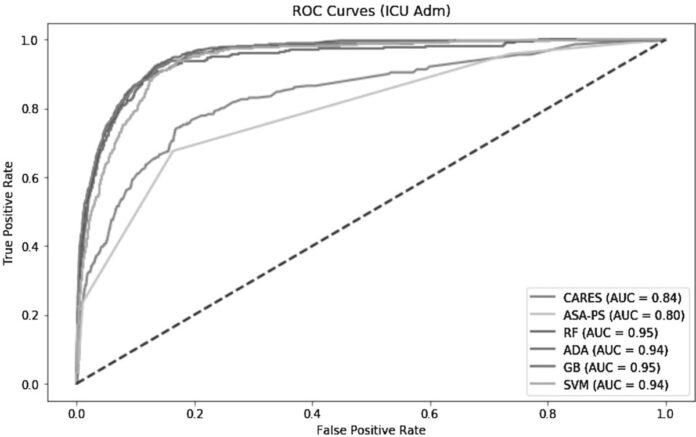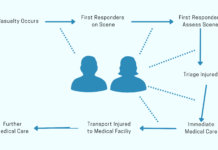Article Excerpt
About 250 million surgeries are performed worldwide each year, and this number is increasing rapidly.1 As access to surgery improves, the number of patients with postoperative complications will also increase.2,3 Previous studies demonstrated that a large proportion of postoperative mortality occurs in a small, distinct group of patients with high-risk characteristics, yet less than 15% from this group were admitted to intensive care units (ICU) postoperatively.4,5 In the preoperative assessment of a surgical patient, it is prudent to counsel the patient on the risks of postoperative mortality and need for critical care monitoring after surgery. Therefore, accurate preoperative prediction of surgical risks is important for clinical shared decision-making and for guiding the allocation of health resources such as ICU beds.
Analysis
This article is definitely in conversation with discussing reorganizing triage methods to be more effective. What this article is discussing is taking that process one step further and helping to decrease the error margin in placement of patients to the correct medical facilities (aka due for immediate care, or sent to delayed care). Once again we’re seeing that sending a patient to the wrong area can result in death, especially when the patient deemed not immediately necessary for surgery. Unfortunately, especially in a medical emergency, abundance of supplies is not a given thus the supplies available must be allocated carefully. Machine learning, although not yet perfected, is already showing itself to be a way forward in situations like this one where a process requires quick logistical analysis of a non-linear and highly variable issue.




